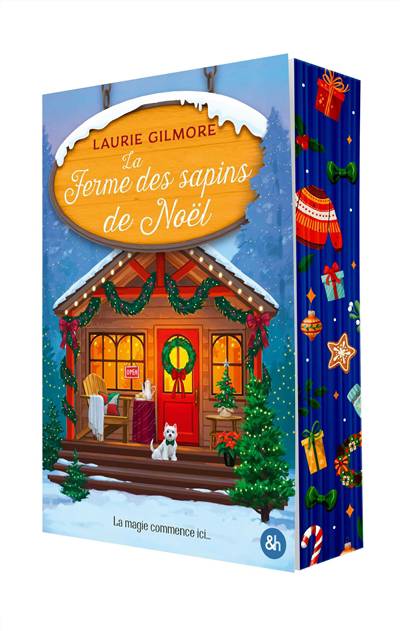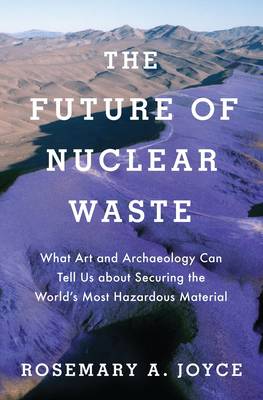
- Retrait en 2 heures
- Assortiment impressionnant
- Paiement sécurisé
- Toujours un magasin près de chez vous
- Retrait gratuit dans votre magasin Club
- 7.000.0000 titres dans notre catalogue
- Payer en toute sécurité
- Toujours un magasin près de chez vous
Future of Nuclear Waste
What Art and Archaeology Can Tell Us about Securing the World's Most Hazardous Material
Rosemary Joyce
Livre relié | Anglais
55,45 €
+ 110 points
Description
How can nations ensure that buried nuclear waste goes undisturbed for thousands of years? The United States government tried to solve this problem with the help of experts they identified in communication, materials science, and futurism. From the perspective of a contemporary archaeologist, The Future of Nuclear Waste looks at what these experts suggested, and what the government endorsed: designs for a modern monument, an artificial ruin, a purpose-built archaeological site that would escape future exploration. One design, selected for development, argued that because specific archaeological sites and objects (among them Stonehenge, Serpent Mound, the Rosetta Stone, and rock art) made long ago have endured and are seen as significant today, contemporary engineers could build monuments that would be equally effective in conveying messages that last even longer. An alternative proposal, which government planners set aside, was rooted in the idea that universal archetypes of design arouse similar human emotions in all times and places. Both proposals used common sense, assuming that human reactions and understandings are relatively predictable. Employing an anthropology of common sense, Rosemary Joyce explores why people chosen for their expertise relied on generalizations contradicted by the actual history of preservation and interpretation of archaeological sites and the closest analogues to archetype-based designs, which are the large scale installations produced in the Land Art movement. The book reveals the underlying imagination shared by the experts, government planners, and artists, in which the American West is an empty space available for projects like these. It counters this with the dissenting voices of indigenous scholars and activists who document the presence on these nuclear landscapes of Native American people. The result is an eye-opening and unique demonstration of how a deep understanding of the remote past informs critical debates about the present.
Spécifications
Parties prenantes
- Auteur(s) :
- Editeur:
Contenu
- Nombre de pages :
- 304
- Langue:
- Anglais
Caractéristiques
- EAN:
- 9780190888138
- Date de parution :
- 21-02-20
- Format:
- Livre relié
- Format numérique:
- Genaaid
- Dimensions :
- 160 mm x 239 mm
- Poids :
- 566 g

Seulement chez Librairie Club
+ 110 points sur votre carte client de Librairie Club
Les avis
Nous publions uniquement les avis qui respectent les conditions requises. Consultez nos conditions pour les avis.








